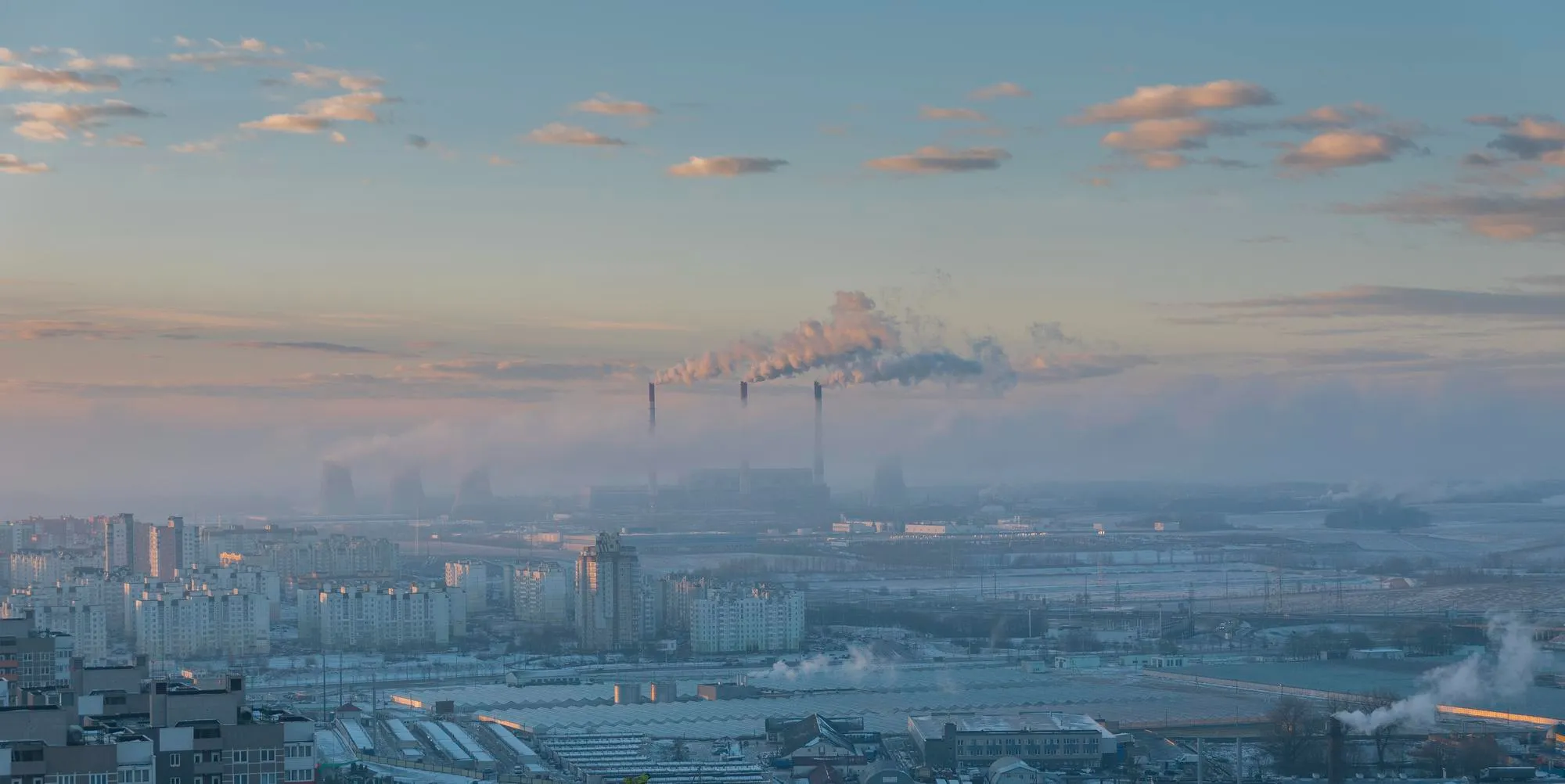In an unprecedented scientific endeavor, researchers have developed and employed an automated Scanning Electron Microscopy/Energy Dispersive X-ray Spectroscopy (SEM/EDX) imaging system to assess the air quality within the bustling Munich subway network. The groundbreaking study has surfaced in “The Science of the Total Environment” journal, presenting compelling insights into the particulate matter that daily commuters are exposed to.
DOI: 10.1016/j.scitotenv.2024.170008
The automated SEM/EDX technique utilized in this study highlights a significant step forward in the analysis of micro-environments and the classification of airborne particulates. Spearheaded by the team led by Dr. Carsten Neukirchen from the University of the Bundeswehr Munich, along with collaborators from Oxford Instruments, Charles University in Prague, and Helmholtz Munich, this research presents a novel approach to examining non-exhaust traffic emissions in an urban subway setting.
Unveiling the Invisible Hazards
The Munich subway serves as a critical lifeline to the city, ferrying hordes of passengers daily. However, it is also a source of microscopic particulates, many of which arise from the frictional contact between train components – such as the wheel-brake interface – and the wear and tear of infrastructure materials. The air in these subterranean passages may harbor a mixture of metallic, mineral, and organic compounds that could pose health risks to commuters.
Employing a custom-built mobile measurement system facilitated the sampling at various platform stations, strategically tracing the exposure levels of individuals during their platform dwell time. Over 200,000 particles underwent rigorous automated classification into pre-defined chemical and morphological categories, with an impressive accuracy rate averaging 98.87 ± 1.06%.
The startling discovery indicated 84.68 ± 16.45% of these particles were markedly ferruginous, confirming the substantial presence of iron-derived contaminants. Even more concerning was the detection of heavy metal-rich particles within the ultrafine range, well below 100 nm in diameter, as revealed by the meticulous manual EDX analysis.
A Focused Lens on Microscopic Contaminants
The ability to identify the source of individual particles adds another dimension to the study’s significance. It is not only a means of measuring presence and concentration but also aids in pinpointing specific emission sources within the subway environment. As noted in the article, abrasion processes are partially discernable on a particle-by-particle basis, shedding light on the very origins of potential airborne hazards.
This analytical breakthrough equips scientists and city officials with the necessary data to make informed decisions about environmental health measures and potential intervention strategies to protect commuters’ well-being.
Implications and Future Directions
This research transcends the academic realm, potentially influencing public policy and transportation safety standards. Given that these findings suggest a higher than previously known risk of exposure to particulates rich in heavy metals, there could be an impetus for regulatory changes regarding non-exhaust emission controls in subways.
The methodology established in this study may pave the way for similar assessments in other mass transit systems worldwide, fostering a more comprehensive understanding of urban environmental pollutants and their implications for public health.
Commuters’ Health at the Forefront
The research conducted by Dr. Neukirchen and his colleagues marks a crucial milestone in the commitment to public health and the pursuit of sustainable urban environments. With air quality taking center stage in discussions about urban lifestyle quality, studies such as this play a vital role in safeguarding commuters against the unseen dangers that accompany modern urban transit.
References
Neukirchen, C., Meiners, T., Bendl, J., Zimmermann, R., & Adam, T. (2024). Automated SEM/EDX imaging for the in-depth characterization of non-exhaust traffic emissions from the Munich subway system. Sci Total Environ, 170008. https://doi.org/10.1016/j.scitotenv.2024.170008
Keywords
1. Automated SEM/EDX imaging
2. Traffic emissions assessment
3. Munich subway air quality
4. Particulate matter exposure
5. Urban transit pollutants
This innovative approach to identifying and quantifying air quality issues in the Munich subway not only serves to protect the health of daily riders but also functions as a model for cities globally, highlighting the necessity of monitoring and maintaining cleaner air in confined public transport spaces. With more research and ongoing advancements in analytical techniques, the ongoing journey toward healthier city environments continues to gain momentum.
